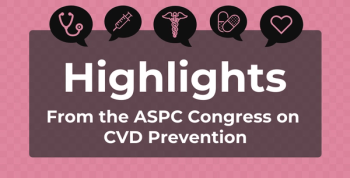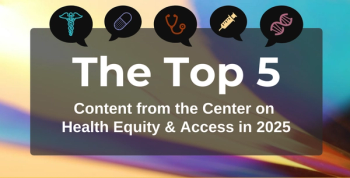
Kristina Wharton on the Increased Use of Services Provided by FQHCs
While use of services at federally qualified health centers has increased particularly since the implementation of the Affordable Care Act, the increasing trend started back in 2002, said M. Kristina Wharton, MPH, of the Department of Global Health Management and Policy at Tulane University School of Public Health and Tropical Medicine.
While use of services at federally qualified health centers has increased particularly since the implementation of the Affordable Care Act, the increasing trend started back in 2002, said M. Kristina Wharton, MPH, of the Department of Global Health Management and Policy at Tulane University School of Public Health and Tropical Medicine.
Transcript
What has been the trend of service utilization at federally qualified health centers?
Increasing, and increasing. The that study we did focused mostly at the last 5 years. So, looking more at how various provisions of the Affordable Care Act impacted health centers and they have. There’s the community health center fund so there have been roughly 200 new health centers, entirely new health centers, and it’s made way more sites since 2012. Increasing the patients served by about 5 million from about 20.1 million to 25 million.
So, we’ve seen an increase in patients served and we think there’s the new access site so there’s more ability to get service this way. There’s Medicaid expansion and patients getting access to insurance that way, and the exchange, people coming in with subsidies and being able to access a health center because they have insurance that way. Or they don’t have insurance and there’s new access sites so we are seeing an increase and that’s been true since 2002 when the George W. Bush administration.
The health centers have bipartisan support and been growing because of the need and the demand that will continue even with the Affordable Care Act, it doesn’t cover everybody. There will always people without insurance in this country probably, unfortunately. So, they serve a very vital role.
Newsletter
Stay ahead of policy, cost, and value—subscribe to AJMC for expert insights at the intersection of clinical care and health economics.








































